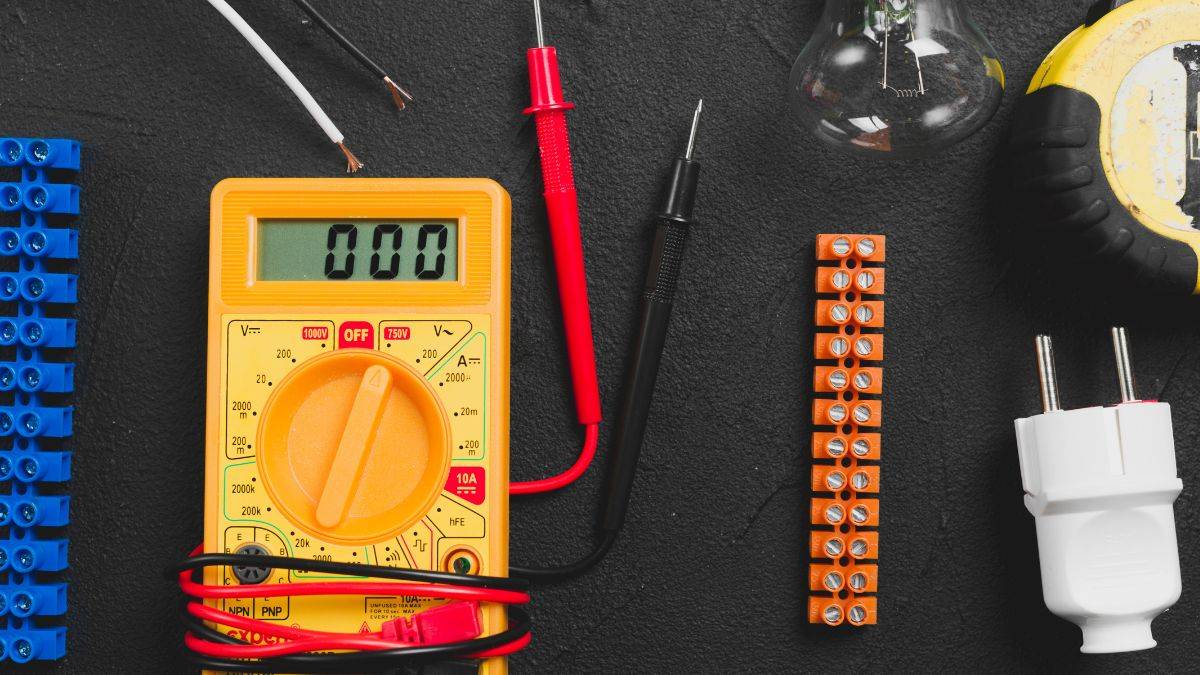Physics Class 11 Notes
Want to revise 11th Physics chapters?
Go through 11th Physics quickly.
Electrical resistivity is a property of materials that quantifies how strongy a material opposes electrical current flow. This is an intrinsic property that depends on the nature and temperature of the material.

In the chapter current electricity, this topic has been discussed in detail. Students who are currently in class 12th must practice Current electricity NCERT excercise through this topic to perform well in the exam. For now, let us continue with understanding the topic called temperature dependence of resistivity.
The temperature dependence of resistivity determines how the electrical resistivity of the material changes with fluctuations in temperature. This relationship plays an important role for understanding the behaviour of materials when put in different thermal environments and their implications in various practical applications. For JEE Main exam and IIT JAM entrance exam aspirants, knowing about this concept is very important.
Mathematically, the temperature dependence of resistivity is expressed as:
Through the above equation, the relation between temperature and resistivity of the material is established.
/Here:
Physics Class 11 Notes
Want to revise 11th Physics chapters?
Go through 11th Physics quickly.Physics Class 12 Notes
A few days left for the Board exams?
Revise 12th Physics Notes.NCERT Class 12 Notes
Class 12th syllabus seems too much?
Check 12th Class Notes.11th CBSE Notes
Want to stay ahead of other students?
Read 11th CBSE notes.
CBSE board students must be well aware of how the resistivity varies with temperature:
Let us understand the temperature dependence of resistivity for insulators:
Now, let us take a look at the dependence of resistivity on temperature for semiconductors:
Physics Current Electricity Exam